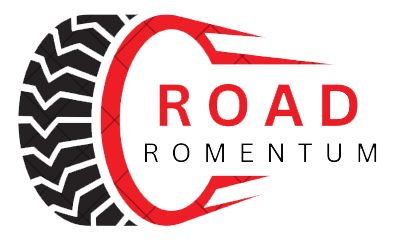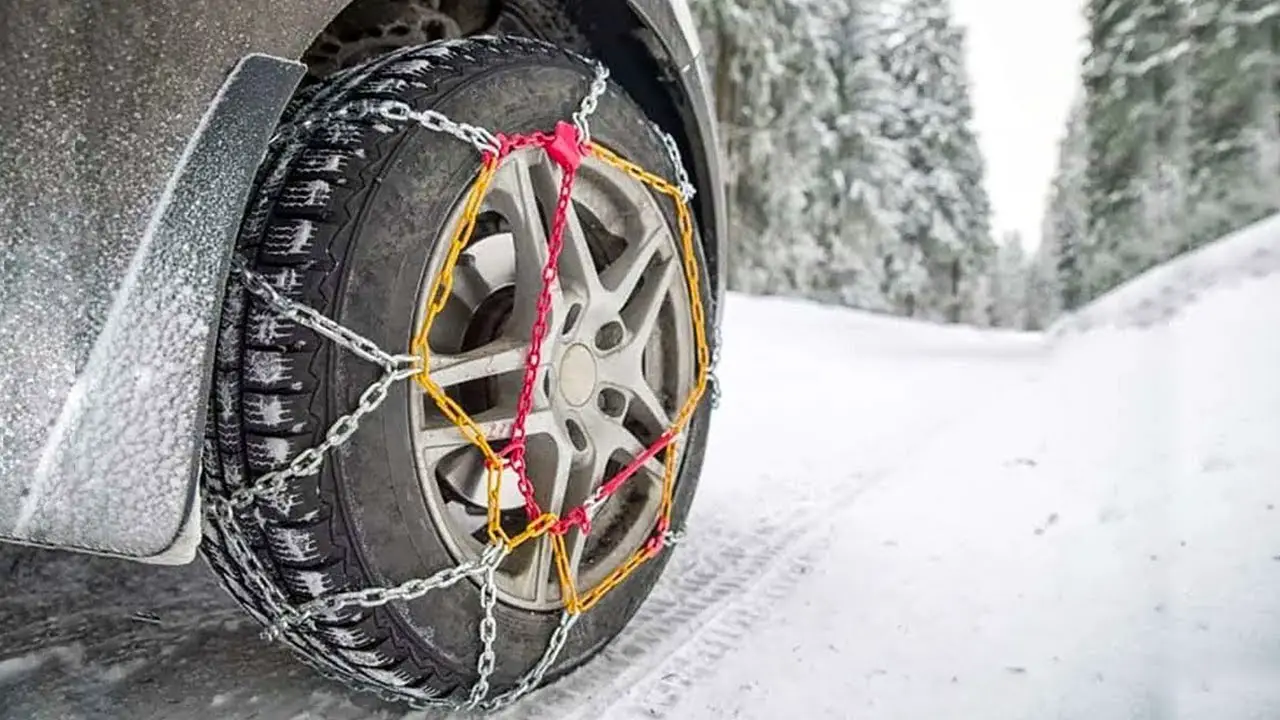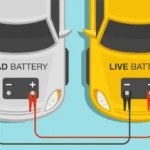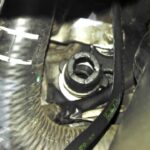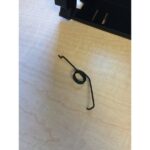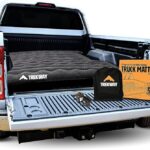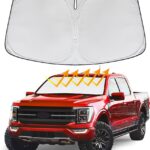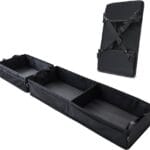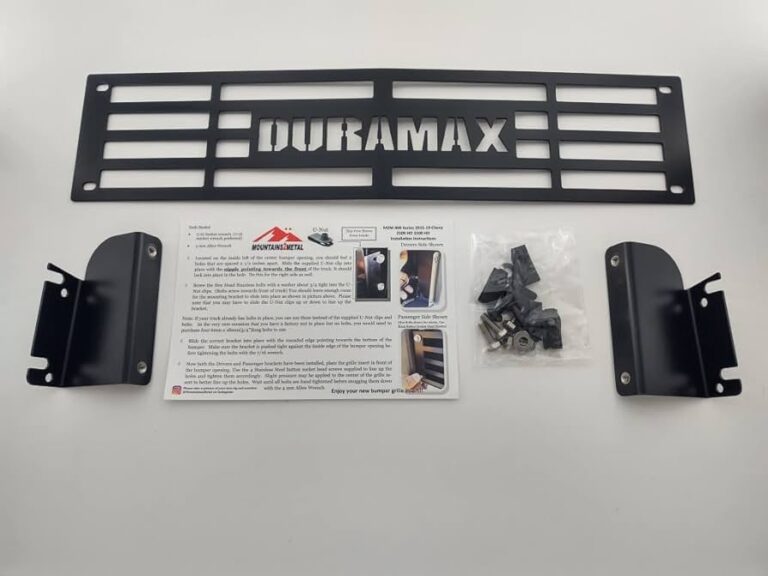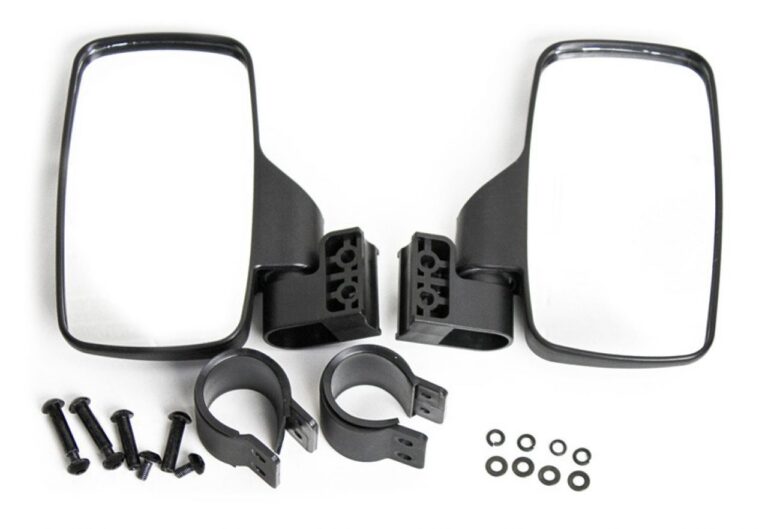What Are Spring Chains for Tires? Enhancing Traction in Adverse Conditions
What are spring chains for tires? Spring chains for tires, also known as snow chains, are traction devices composed of springs, cross chains, and side chains. They enhance tire grip on snowy or icy roads, improving safety and control during winter driving.
Driving in harsh winter conditions can be a challenging and sometimes perilous endeavor. Snow and ice-covered roads can turn an ordinary commute into a treacherous journey. Thankfully, there are various tools and techniques available to help drivers navigate these wintry landscapes safely. One such tool is the spring chain for tires, a lesser-known but effective solution for enhancing traction when the going gets tough.
The Need for Tire Chains
Before diving into the specifics of spring chains for tires, it’s essential to understand why tire chains are necessary in the first place. Winter driving can bring about a host of challenges, including slippery roads, reduced visibility, and limited control of your vehicle. In such conditions, maintaining proper traction becomes critical.
Tire chains, also known as snow chains or tire cables, are designed to address this issue. They consist of a series of metal links that are attached to your vehicle’s tires. When installed correctly, these chains create friction with the road surface, significantly improving traction. This enhanced grip allows drivers to navigate icy or snowy roads with greater confidence and safety.
In many regions, the use of tire chains is not just recommended but legally required during severe winter weather. These laws are in place to ensure the safety of drivers and reduce accidents caused by slippery roads.
Understanding Spring Chains
Now that we’ve established the importance of tire chains, let’s delve into spring chains. Spring chains are a specific type of tire chain designed to provide enhanced traction in challenging winter conditions. What sets them apart from traditional tire chains is their unique construction.
Spring chains incorporate a combination of components to achieve their goal of improved traction. These components include springs, cross chains, side chains, and tensioning devices. Each of these elements plays a crucial role in enhancing tire performance.
Components of Spring Chains
- Springs: At the heart of spring chains are the individual springs. These are typically made of hardened steel and are designed to flex and bite into the snow or ice as the tires rotate. The springs act as the primary contact point between the chain and the road surface.
- Cross Chains: Cross chains are the horizontal links that connect the springs. They are responsible for maintaining the spacing between the springs and distributing the load evenly across the tire’s tread. This even distribution of pressure helps prevent excessive wear and tear on the tire.
- Side Chains: Side chains run along the sides of the tire and connect to the cross chains. They provide lateral stability to the spring chains, ensuring that they remain securely attached to the tire. Side chains also help prevent the spring chains from sliding around on the tire.
- Tensioning Devices: Tensioning devices, such as cams or ratchets, are used to tighten the spring chains once they are installed on the tire. Proper tensioning is essential for ensuring that the chains remain securely in place and provide the necessary traction.

When and Where to Use Spring Chains
Spring chains are particularly beneficial in specific winter driving conditions. These conditions include deep snow, icy roads, and steep inclines. The design of spring chains, with their spring-loaded elements, allows for consistent contact with the road surface, making them especially effective in situations where standard tire chains might struggle.
In terms of vehicle compatibility, spring chains can be used on a wide range of vehicles, including passenger cars, trucks, SUVs, and even some commercial vehicles. However, it’s essential to check your vehicle’s owner’s manual for guidance on whether spring chains are suitable and if there are any specific recommendations from the manufacturer.
Geographically, spring chains are commonly used in regions prone to heavy snowfall and icy conditions, such as mountainous areas, northern states, and provinces. Drivers who frequently encounter these conditions may find spring chains to be a valuable addition to their winter driving toolkit.
Installing Spring Chains
Proper installation of spring chains is crucial to ensure their effectiveness and safety while driving in winter conditions. Here’s a step-by-step guide to installing spring chains:
- Select the Right Size: Begin by choosing the correct size of spring chains for your vehicle’s tires. Refer to the manufacturer’s guidelines or your vehicle’s owner’s manual for this information.
- Lay Out the Chains: Lay the spring chains flat on the ground and untangle any knots or kinks.
- Drape Over Tires: Position the chains over your vehicle’s tires, making sure that the springs are facing downward towards the tire treads.
- Connect Side Chains: Connect the side chains on both sides of the tire. Ensure they are snugly secured and evenly distributed.
- Attach Cross Chains: Connect the cross chains, ensuring that they are centered on the tire’s tread.
- Tighten Tensioning Devices: Use the provided tensioning devices (cams or ratchets) to tighten the spring chains. Make sure they are as tight as possible without causing damage to the chains or the tire.
- Check for Clearance: Confirm that there is sufficient clearance between the chains and your vehicle’s fenders, suspension components, and brakes. If needed, adjust the tensioning devices to achieve the proper clearance.
- Test Drive: Before hitting the road, drive a short distance to check the installation. Listen for any unusual noises or vibrations and ensure that the chains remain securely in place.
It’s essential to practice installing and removing spring chains in a safe environment before encountering adverse conditions on the road. Familiarity with the process can save valuable time and frustration when you need to use them in a hurry.
Maintenance and Care
Like any piece of equipment, spring chains require regular maintenance to ensure their longevity and effectiveness. Here are some maintenance tips to keep in mind:
- Inspect Before Use: Before each use, inspect your spring chains for any signs of damage, such as broken springs, bent links, or loose components. Replace any damaged parts immediately.
- Clean After Use: After driving in wintry conditions, remove the spring chains and clean them thoroughly. Use warm water to remove any salt, ice, or debris that may have accumulated. Dry the chains completely before storing them.
- Storage: Store your spring chains in a cool, dry place to prevent rust and corrosion. Consider using a dedicated storage bag to keep them organized and protected.
- Oil Springs: Applying a light coat of lubricating oil to the springs can help prevent rust and ensure they remain flexible.
By following these maintenance practices, you can extend the lifespan of your spring chains and ensure they perform optimally when needed.
Safety Considerations
Using spring chains for tires enhances traction and improves safety in winter conditions, but it’s essential to prioritize safety throughout the entire process. Here are some safety considerations:
- Follow Installation Instructions: Always follow the manufacturer’s instructions for installing spring chains. Incorrect installation can lead to accidents and damage to your vehicle.
- Drive Cautiously: While spring chains improve traction, they do not negate the need for safe and cautious driving. Reduce your speed when driving in winter conditions and maintain a safe following distance.
- Avoid Dry Pavement: Do not drive with spring chains on dry or bare pavement. Doing so can cause excessive wear on the chains and damage your tires.
- Check Local Regulations: Be aware of local regulations regarding the use of tire chains. Some areas may have specific rules about when and where you can use them.
- Carry Tools: Keep a set of basic tools, such as pliers and gloves, in your vehicle in case adjustments or repairs to the spring chains are necessary on the road.
- Practice Installation: As mentioned earlier, practice installing and removing spring chains in a controlled environment to familiarize yourself with the process.
- Emergency Kit: Carry an emergency kit in your vehicle that includes items such as a flashlight, blankets, a first-aid kit, and non-perishable food and water.
In case of any issues or emergencies while driving with spring chains, prioritize your safety and that of other road users. If necessary, pull over to a safe location and seek assistance.
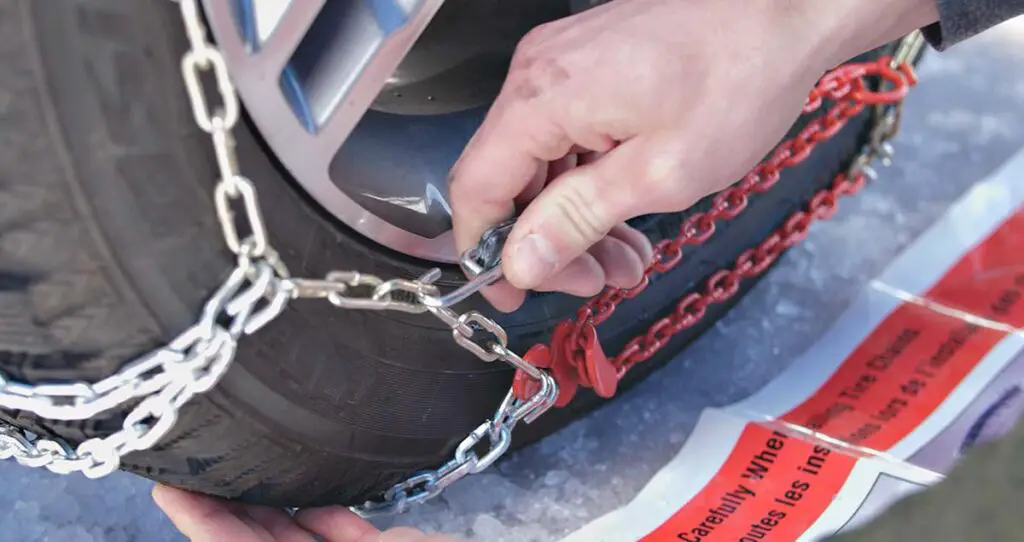
Alternatives to Spring Chains
While spring chains are a valuable tool for enhancing winter driving safety, it’s worth noting that there are alternatives available. Some drivers opt for alternatives depending on their specific needs and preferences:
- Studded Tires: Studded winter tires have metal studs embedded in the tread, providing excellent traction on icy roads. However, they may be restricted or prohibited in some areas due to their potential to damage road surfaces.
- Snow Tires: Snow tires, also known as winter tires, are designed with a special rubber compound and tread pattern to provide better traction on snow and ice compared to all-season tires. They are a good option for those who want a more permanent solution for winter driving.
- Traction Control Systems: Many modern vehicles come equipped with traction control systems that can help mitigate slip and skid in winter conditions. These systems use sensors to monitor wheel spin and adjust power to individual wheels as needed.
- Chains for Specific Conditions: There are specialized chains designed for specific conditions, such as mud chains for off-road use or cables for lighter traction needs. Choosing the right option depends on your driving environment.
Conclusion:
Spring chains for tires are a valuable tool for enhancing traction and safety when driving in adverse winter conditions. Their unique design and components make them effective in deep snow and icy situations, making them a valuable addition to any winter driving toolkit. However, it’s essential to install and maintain them properly, follow safety guidelines, and be aware of alternative solutions based on your specific needs and local regulations. By taking these precautions, you can navigate winter roads with confidence and reduce the risks associated with challenging weather conditions. Stay safe out there!
FAQ:
What are tire chains used for?
Tire chains are used to improve traction on icy or snowy roads, enhancing vehicle stability and safety in winter conditions.
How do you put on spring chains?
To put on spring chains, follow these steps: select the right size, lay them flat, drape over tires, connect side and cross chains, tighten tensioning devices, check for clearance, and test drive.
Do you need chains on all 4 tires or just 2?
While chains on all 4 tires provide optimal traction and control, in some cases, using chains on just the drive wheels (front or rear, depending on your vehicle) may suffice.
Should I put chains on all 4 tires?
Putting chains on all 4 tires is recommended for balanced traction and safety in severe winter conditions, ensuring consistent grip on all wheels.
